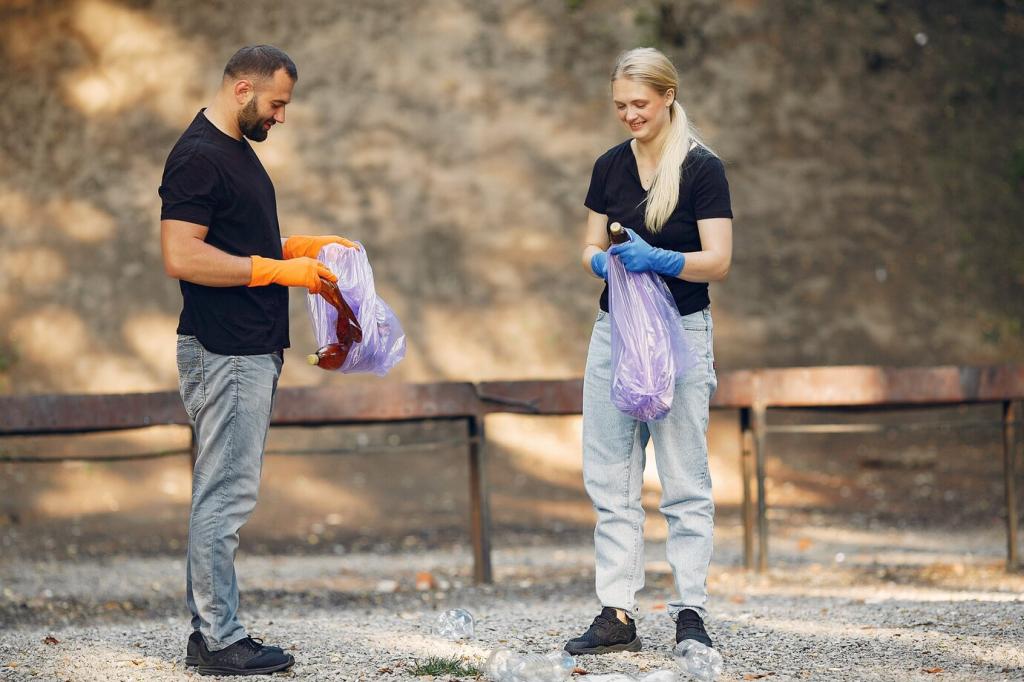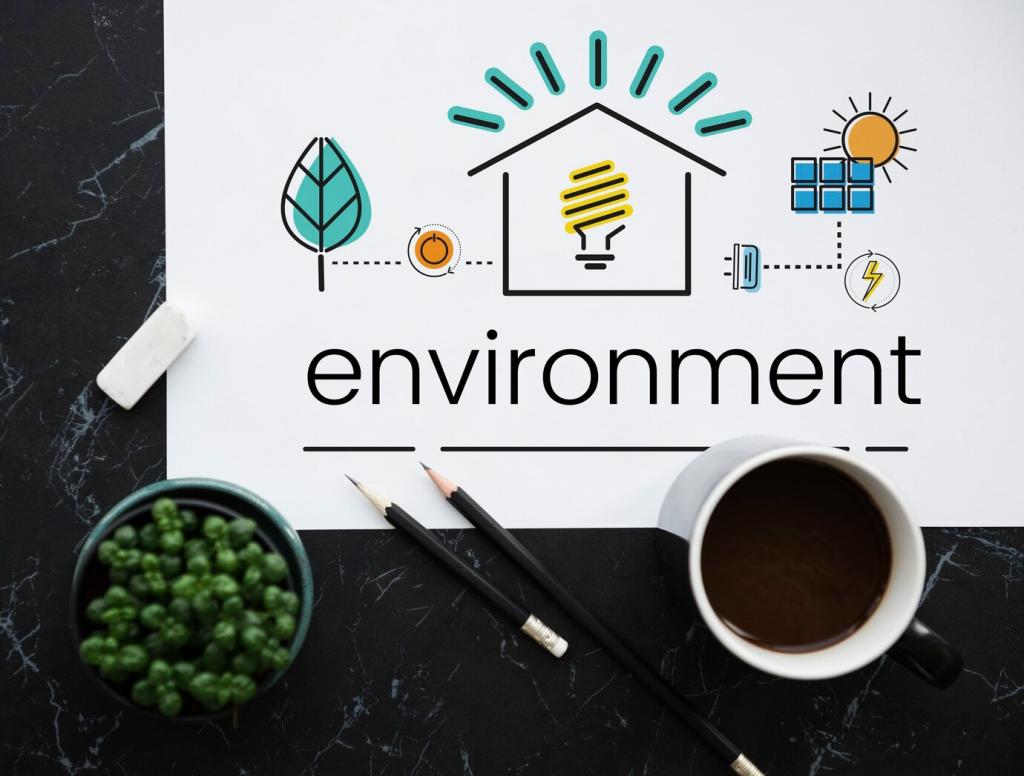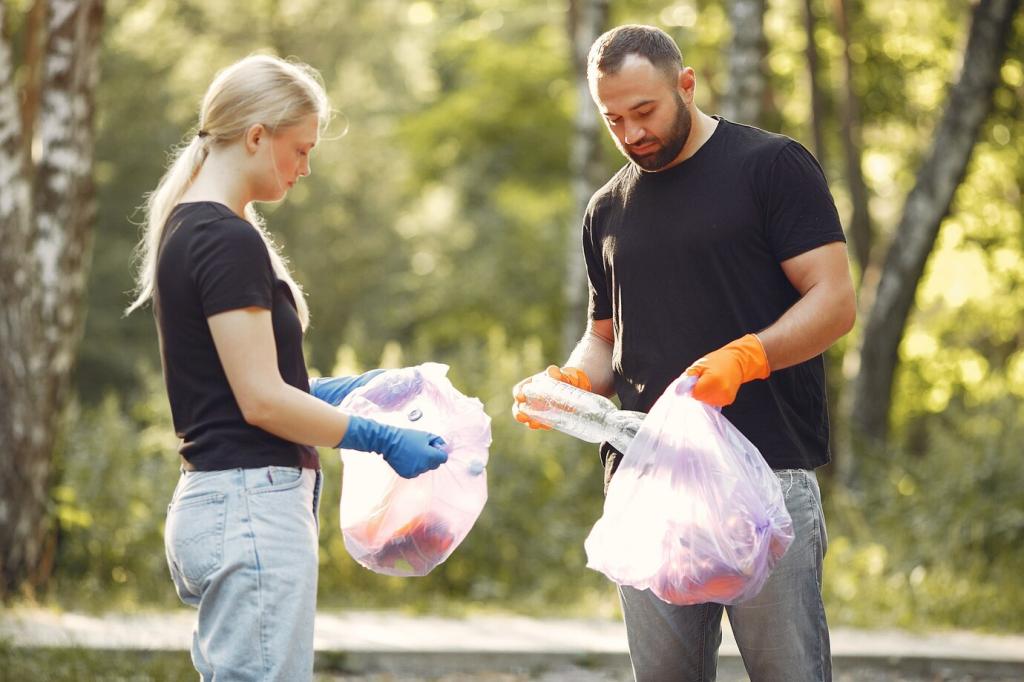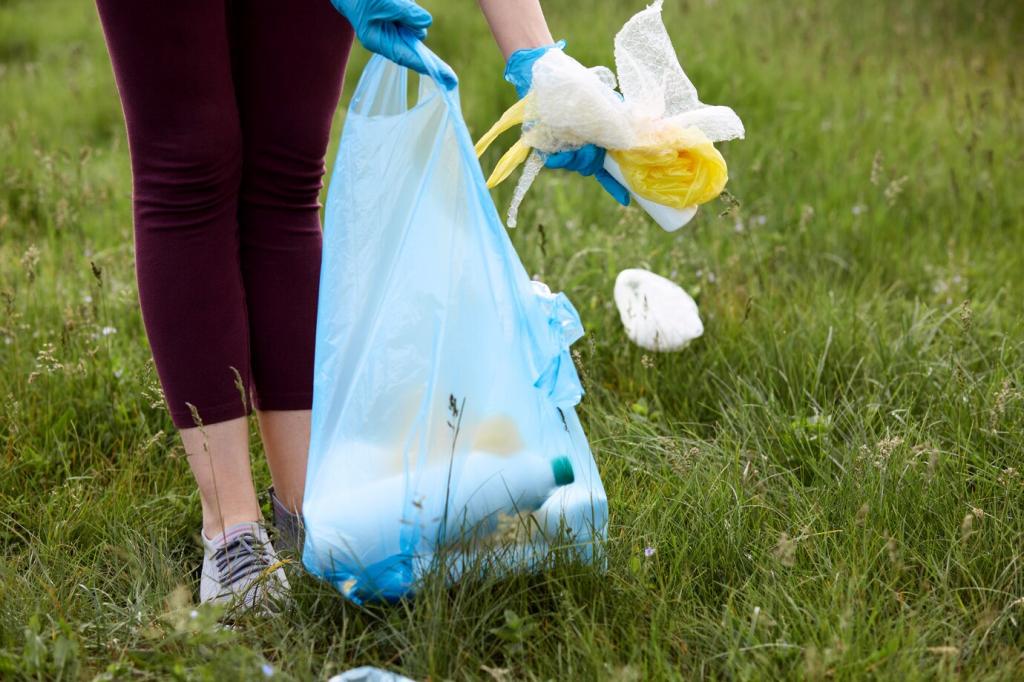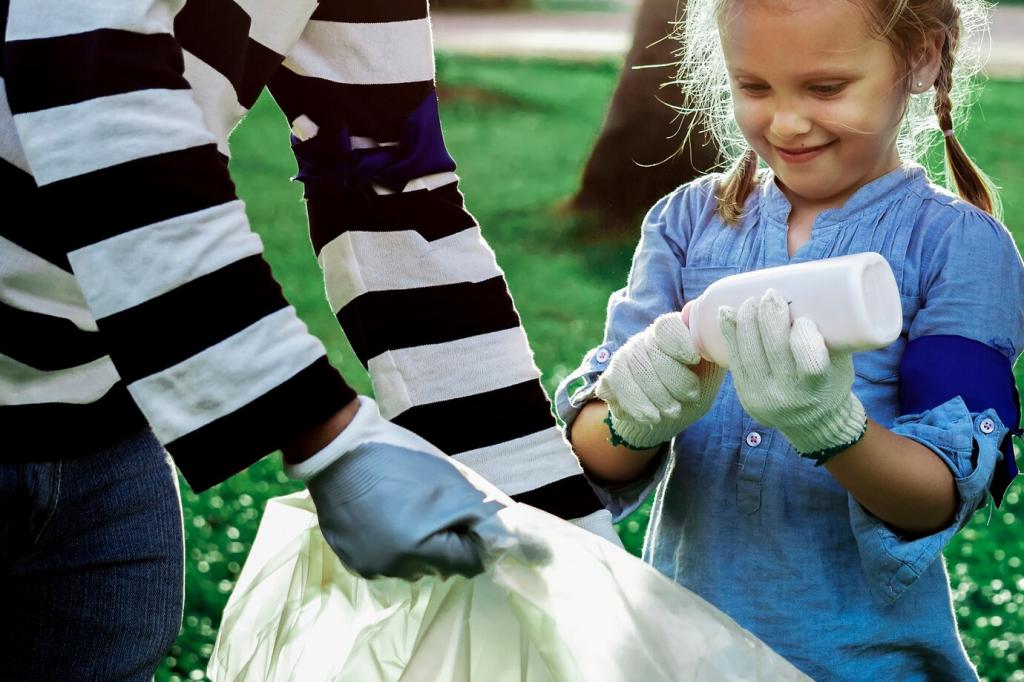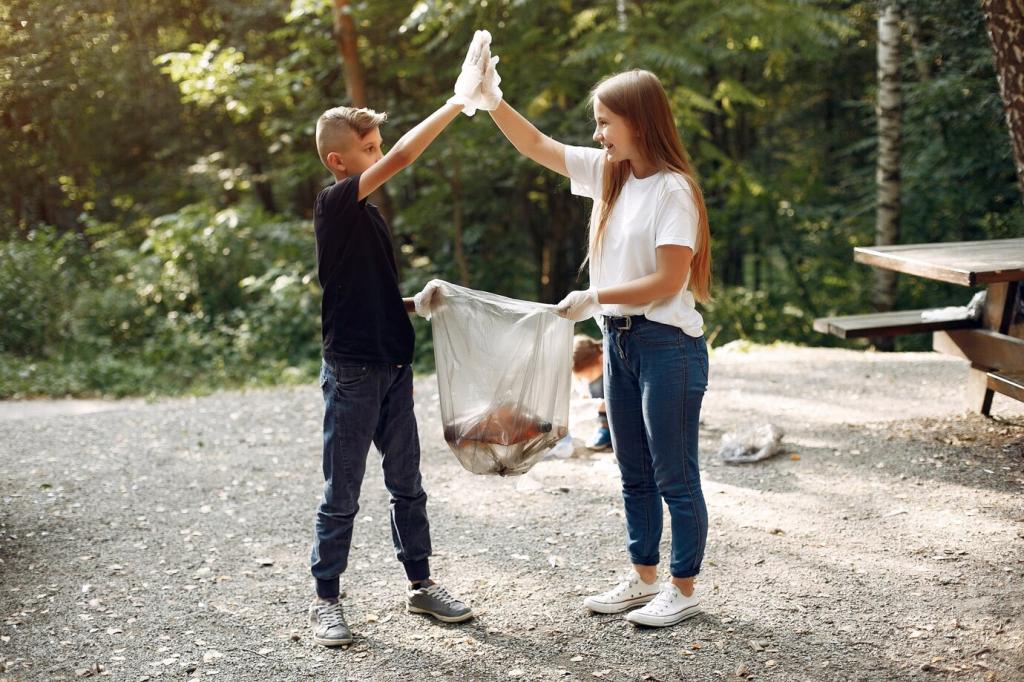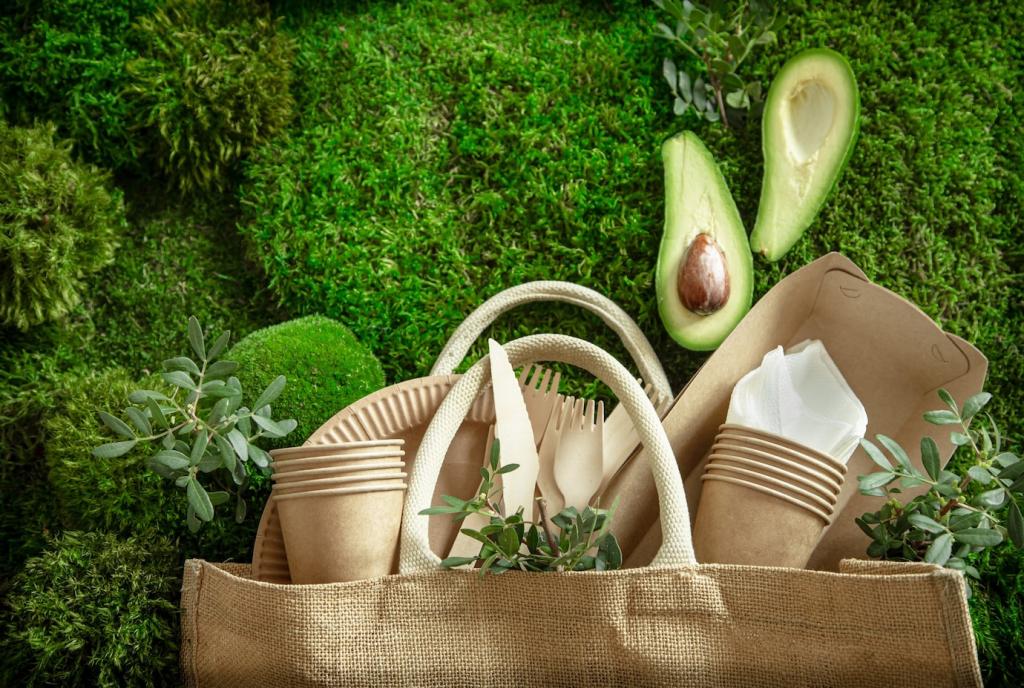Why Choose Chemical-Free Upholstery Care?
Harsh cleaners can leave residues on fabrics and add unwanted fumes to indoor air. Chemical-free methods rely on simple, safe actions—like steam, water, and natural absorbents—that reduce irritants, support sensitive lungs, and keep your living room smelling like fabric, not fragrance.
Why Choose Chemical-Free Upholstery Care?
Little hands and paws touch upholstery constantly. Choosing gentle options means no stinging residues, no mysterious warning labels, and fewer worries when toddlers nap on cushions or pets curl up after a walk. Your fabric stays inviting, and your loved ones stay protected.

